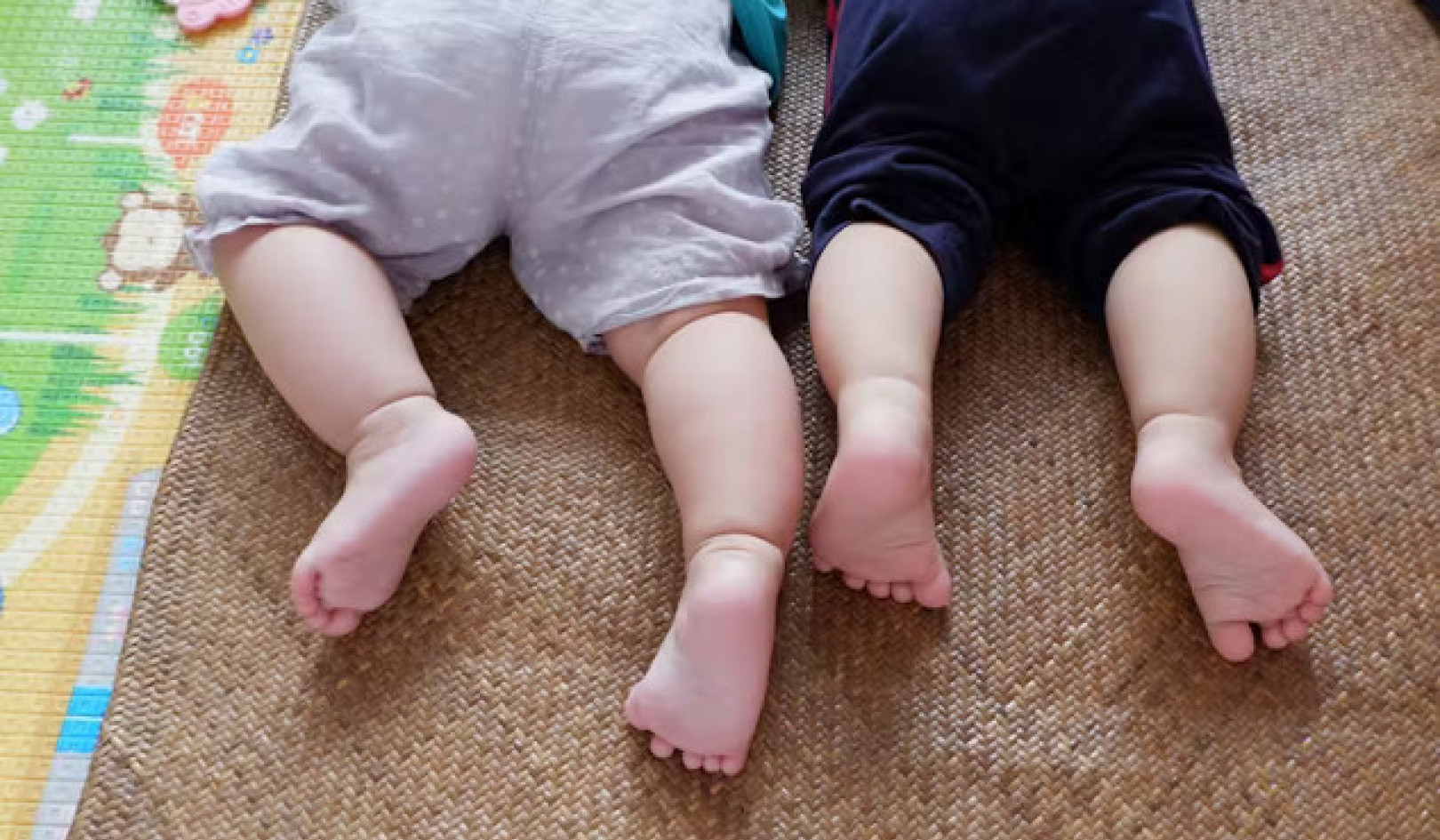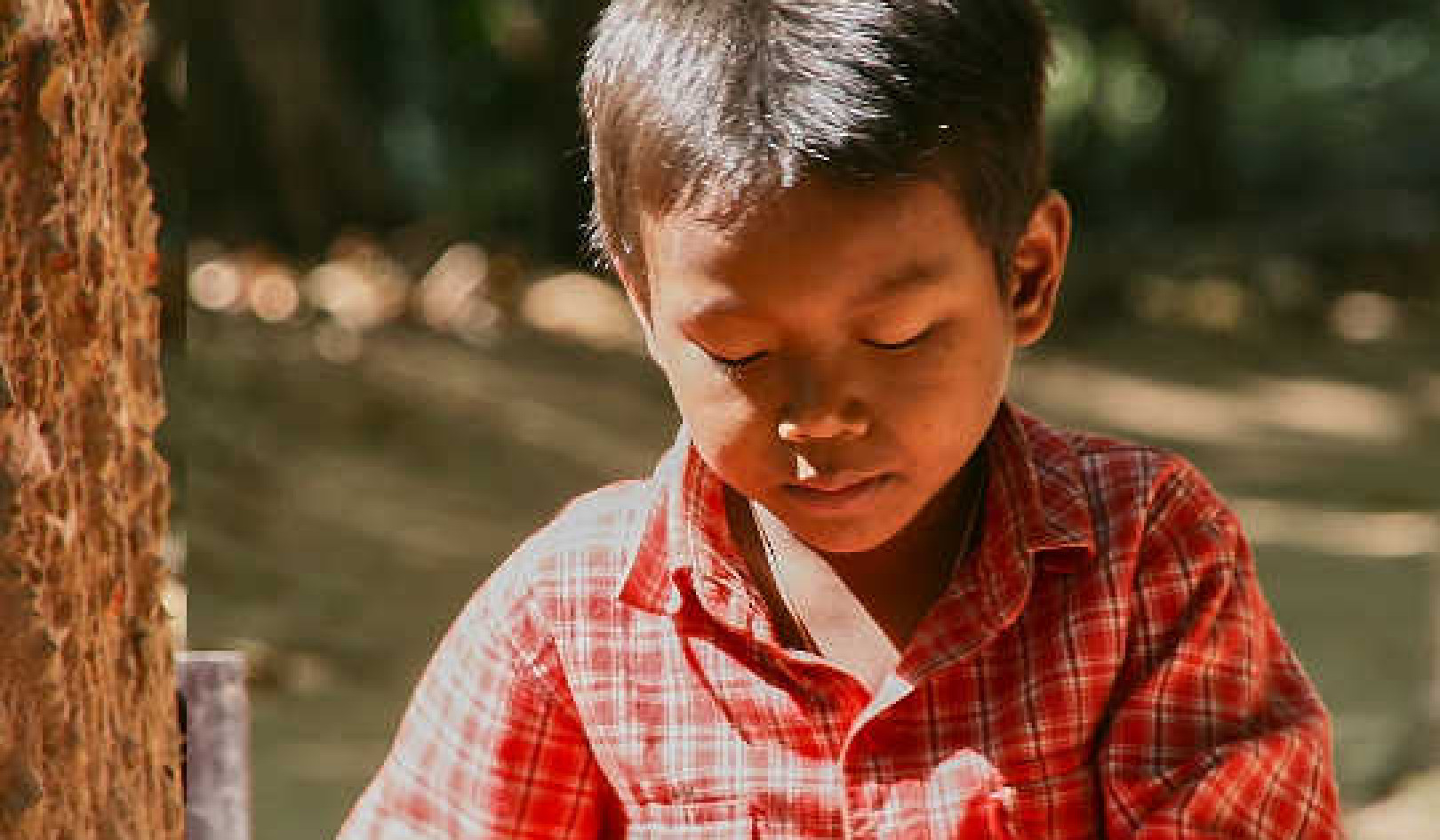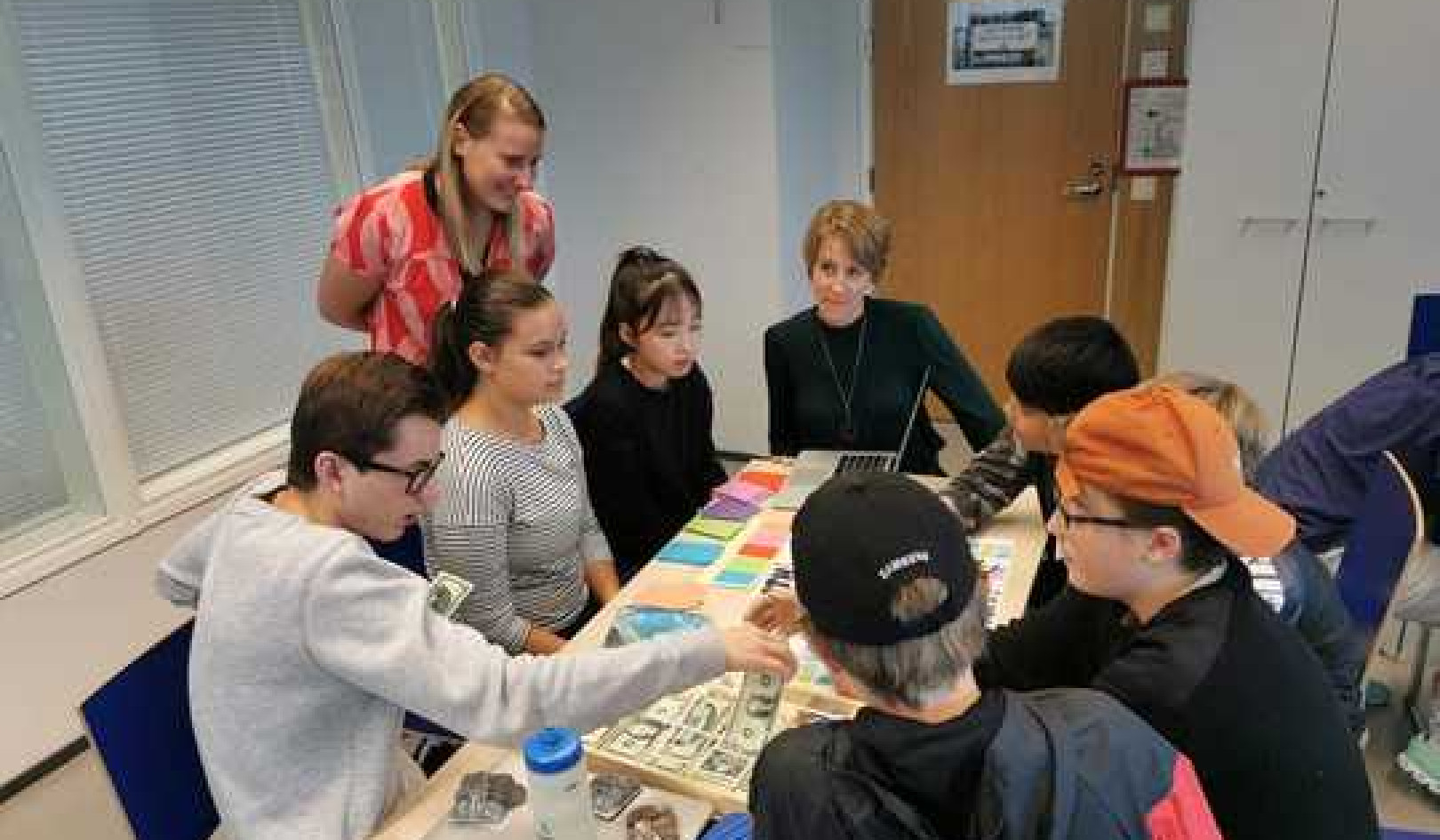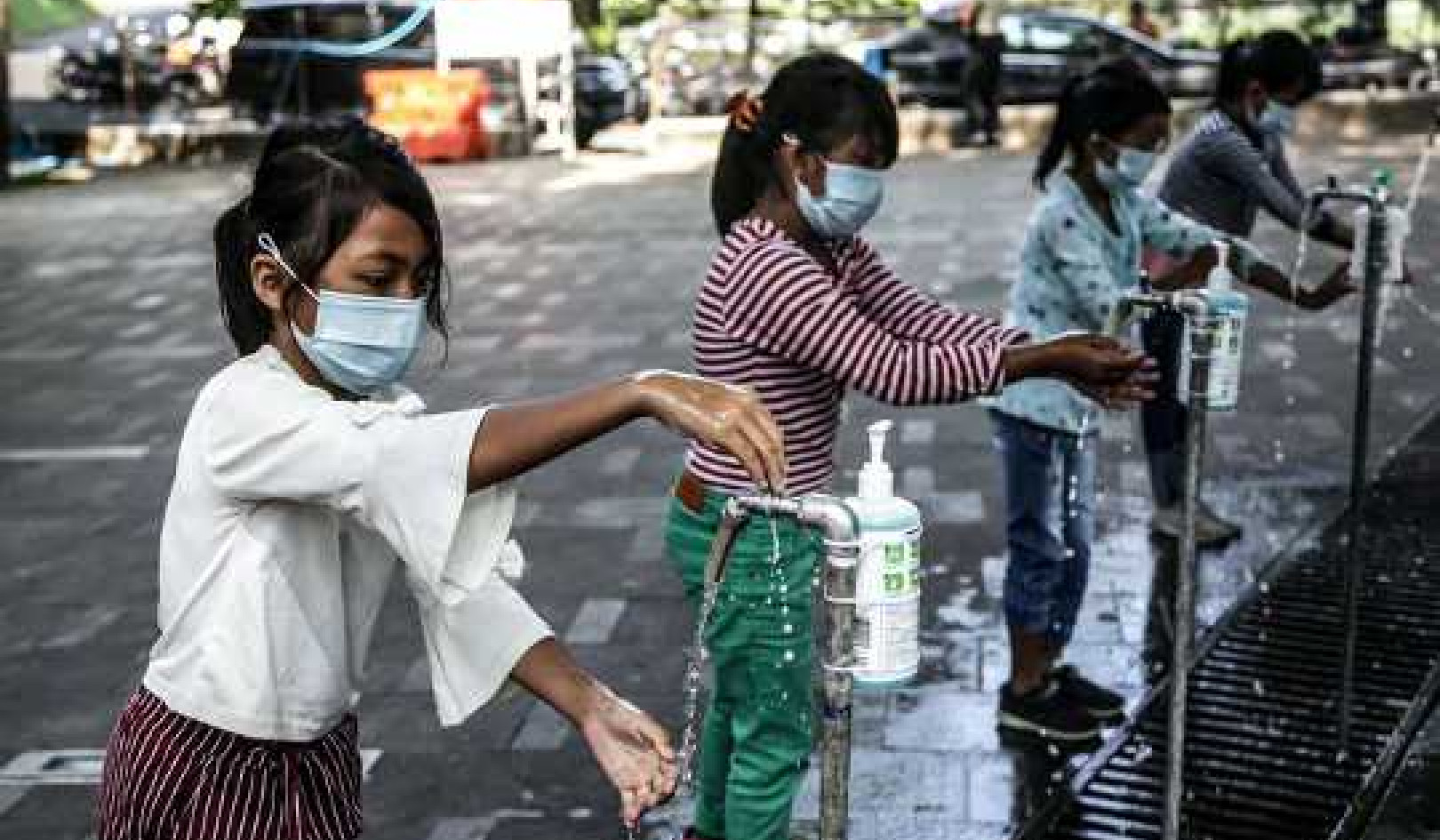
It’s hard to ignore not just the scientific reports, but also the on-the-ground reality of climate disruption. It’s getting hotter and drier, and the Intergovernmental Panel on Climate Change estimates we have about 12 years to reverse this direct trend. It’s a challenge requiring us to come together as a mature and functional human family.
It’s a tall order because at its root, the climate crisis is also the crisis of human relationship—how we relate to our own emotional states, those of others, and, ultimately, conflict. To solve problems with—not for— human beings, which is what this crisis requires, we need to be conflict-literate. We need to be in touch with our own emotions and feelings, which can be as scary inwardly as climate change can feel outwardly. The situation is dire: Rising temperatures in just the United States and Mexico are predicted to increase the numbers of suicide by an extra 21,000 people per year by 2050, according to a study led by Marshall Burke at Stanford University.
Unchecked strong emotions elicited by personal and environmental stress (sometimes this is called structural violence) can usurp the mental energy we need for sustained nonviolent action. Yet healthy human relationships are full of what cultures of restorative justice and conflict resolution call “healthy conflict”: inner and outer processes of resolving disputes that promote clarity and growth and strengthen relationships in community.
And while many people are “conflict avoidant,” even fearful (think fight-or-flight) of someone with contrary opinions and ideas, we don’t have to be intimidated. All of our faculties are tested in conflict situations. What helps us take on conflict intentionally and offers us resilience is the depth of our capacity to weather various emotional and mental energy, both ours and others’—and put them to work. These psychic energies are some of the most precious natural resources and sources of power we have.
“I have learned through bitter experience the one supreme lesson to conserve my anger,” Gandhi said, “and as heat conserved is transmuted into energy, even so our anger controlled can be transmuted into a power which can move the world.”
What Gandhi knew is that emotions have immense potential—and that we can harness that power for meaningful and effective action.
We have our work cut out for us because anger over climate disruption is not the only emotion we’re working with. Ashlee Cunsolo, a researcher linking climate and mental health, has documented that the Inuit in Arctic areas in Canada believe their way of life is under threat, and are experiencing greater anxiety, depression, grief, and fear. In Indonesia, a sense of panic is likely what’s motivating the government to move its capital city to Borneo, because Jakarta is sinking and running out of potable water. And in the U.S., most of the public is feeling “worried about harm from extreme weather events,” as well as feeling helpless, disgusted, and even hopeful, according to an early 2019 report from over a decadelong research project at Yale called Climate Change in the American Mind.
Like a wind turbine taking in all of the wind—whether it passed over a manured field or a lavender meadow—all of these negative and positive emotions can be harnessed by our minds and expressed in positive, effective ways that help us take on climate conflict from a position of inner strength.
Even denial can be harnessed, if we take a little time to understand it with a compassionate lens.
Across the board, hope is one of the key emotional states that compels us to act.
We’ve come to know denial at its worst, the passive resignation we experience as wildfires spread and species disappear. Denial is also a powerful coping mechanism for releasing ourselves from the stress that comes with anger, grief, or overwhelm, with feeling like the problem is just too big. However, as clinical psychologist at Columbia University Wendy Greenspun is careful to point out, “the very thing that protects us also prevents us from taking action.”
She suggests that to break down our defense mechanism, we should connect with others and take on self-care strategies. For example, we can calm our reactivity with mindful breathing to activate our parasympathetic nervous system, go out in nature, spend time with friends, and even take on some form of meditation. We can explore such strategies by attending workshops and retreats, like those hosted by Greenspun, that focus on how to handle the stresses of climate disruption. And we can also seek out organizations and individuals making change and get involved, even through offering similar workshops within our own circles.
Naming our emotions also helps. When we do, we activate a part of the brain that helps to regulate them. This helps especially well when experiencing more than one emotion at a time, which is common and often confusing. Behind my anger toward the government for deregulating harmful industries, I may also experience anxiety. By naming both, I own them. Then, because I’ve made myself aware of them, I can decide more easily how to constructively act with the power locked up in those feelings. Activists in Iceland, for instance, held a public funeral for the Okjökull glacier, motivated by owning their grief. The action resonated around the world.
But what about hope? What about connection?
Across the board, hope is a key emotional state that compels us to act. Not the hope that someone is going to single-handedly solve our problems—but hope that it can be done if we take strategic collective action. The National Network for Ocean and Climate Change Interpretation has identified such a strategy, bringing together informal science education institutions (aquariums and zoos, for example) and social psychologists with tools for effective conversations. Their main goal is to connect their audience with examples of grassroots positive change being realized in communities all over.
That hopeful attitude just might be enough to help us stay balanced in the face of overwhelming circumstances. Barbara Fredrickson, psychologist and professor at the University of North Carolina, Chapel Hill, has dedicated decades to researching positivity. In a 2003 study, for instance, she looked at resiliency and the role of positive emotions in how college students at the University of Michigan coped with the aftermath of 9/11. She wanted to find the coexistence of positive emotional states with negative states—terror and anxiety on the one hand, and greater closeness and gratitude on the other.
And after many years of research, she did. She found that cultivating positive emotions in crisis can put our minds at greater ease and undo effects such as increased blood pressure, vasoconstriction, and heart rate that come with the onslaught of “negative emotions” like fear, anger, and anxiety. And we can do it intentionally: Use humor, hug someone you love, even try smiling more (this one makes me cringe as a feminist, but the science says it can trigger endorphins).
Don’t discount how you feel. As my meditation teacher liked to say, this is a come-as-you-are party. Wherever you find yourself right now is how we need you to show up. Just show up.
About The Author
Stephanie Van Hook wrote this article for YES! Magazine. Stephanie is executive director of the Metta Center for Nonviolence, host of Nonviolence Radio, and author of “Gandhi Searches for Truth: A Practical Biography for Children.” Find all of this at www.mettacenter.org.
This article originally appeared on YES! Magazine.

Books Improving Attitude and Behavior from Amazon's Best Sellers list
"Atomic Habits: An Easy & Proven Way to Build Good Habits & Break Bad Ones"
by James Clear
In this book, James Clear presents a comprehensive guide to building good habits and breaking bad ones. The book includes practical advice and strategies for creating lasting behavior change, based on the latest research in psychology and neuroscience.
Click for more info or to order
"Unf*ck Your Brain: Using Science to Get Over Anxiety, Depression, Anger, Freak-Outs, and Triggers"
by Faith G. Harper, PhD, LPC-S, ACS, ACN
In this book, Dr. Faith Harper offers a guide to understanding and managing common emotional and behavioral issues, including anxiety, depression, and anger. The book includes information on the science behind these issues, as well as practical advice and exercises for coping and healing.
Click for more info or to order
"The Power of Habit: Why We Do What We Do in Life and Business"
by Charles Duhigg
In this book, Charles Duhigg explores the science of habit formation and how habits impact our lives, both personally and professionally. The book includes stories of individuals and organizations who have successfully changed their habits, as well as practical advice for creating lasting behavior change.
Click for more info or to order
"Tiny Habits: The Small Changes That Change Everything"
by BJ Fogg
In this book, BJ Fogg presents a guide to creating lasting behavior change through small, incremental habits. The book includes practical advice and strategies for identifying and implementing tiny habits that can lead to big changes over time.
Click for more info or to order
"The 5 AM Club: Own Your Morning, Elevate Your Life"
by Robin Sharma
In this book, Robin Sharma presents a guide to maximizing your productivity and potential by starting your day early. The book includes practical advice and strategies for creating a morning routine that supports your goals and values, as well as inspiring stories of individuals who have transformed their lives through early rising.






















